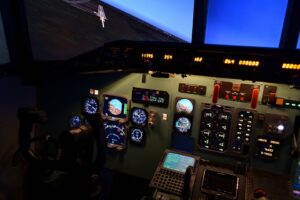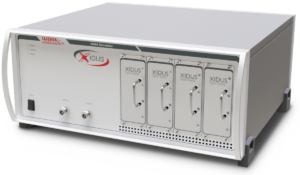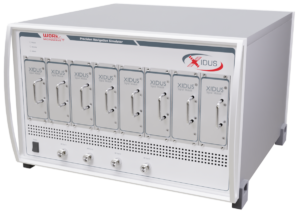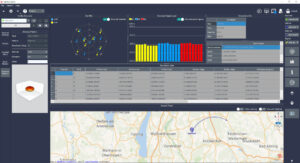System Integrators
GNSS simulators such as Xidus from WORK Microwave are complex systems nowadays. These systems usually consist of numerous components for generating or processing a signal.
It is quite challenging to go for the most suitable components. Hence the job of GNSS system integrators is to choose the system with the best components. After all, they aim to ultimately build a superior system. As well they need to ensure the most reliable and cost-effective parts are selected.
Questions on Xidus? Contact Michel!
HIL-Systems developed by GNSS system integrators
A car or flight simulator is a very complex, thightly coupled system called hardware-in-the-loop (HIL): Real-life users drive or fly their virtual way, at some point they will turn the steering wheel or airplane rudder. Then, the drive or flight simulator needs to calculate the effect of that turning. Therefore, sensors are permanently measuring how far the wheel or rudder turns.
Based on these measurements a newly simulated virtual position will be generated. A GNSS simulator within that system is capable of generating the matching RF signal for that new virtual position. Then, the system’s GNSS receiver processes this simulated GNSS signal. As a result, the user of drive or flight simulator receives his updated virtual position.
GNSS system integrators face the challenge to find the right GNSS Simulator fulfilling its role in an HIL-system. With Xidus GNSS Simulator, you have a valuable and capable option.
New: Galileo ICD version 2.0!
- Secondary synchronization pattern (SSP) for correlating a local replica of the encoded pattern configurations.
- Reduced Clock and Ephemeris for computing an initial position fix in case a full ephemeris.
- Reed-Solomon Outer Forward Error Correction for robust decoding of I/NAV Clock and Ephemeris Data (CED).







